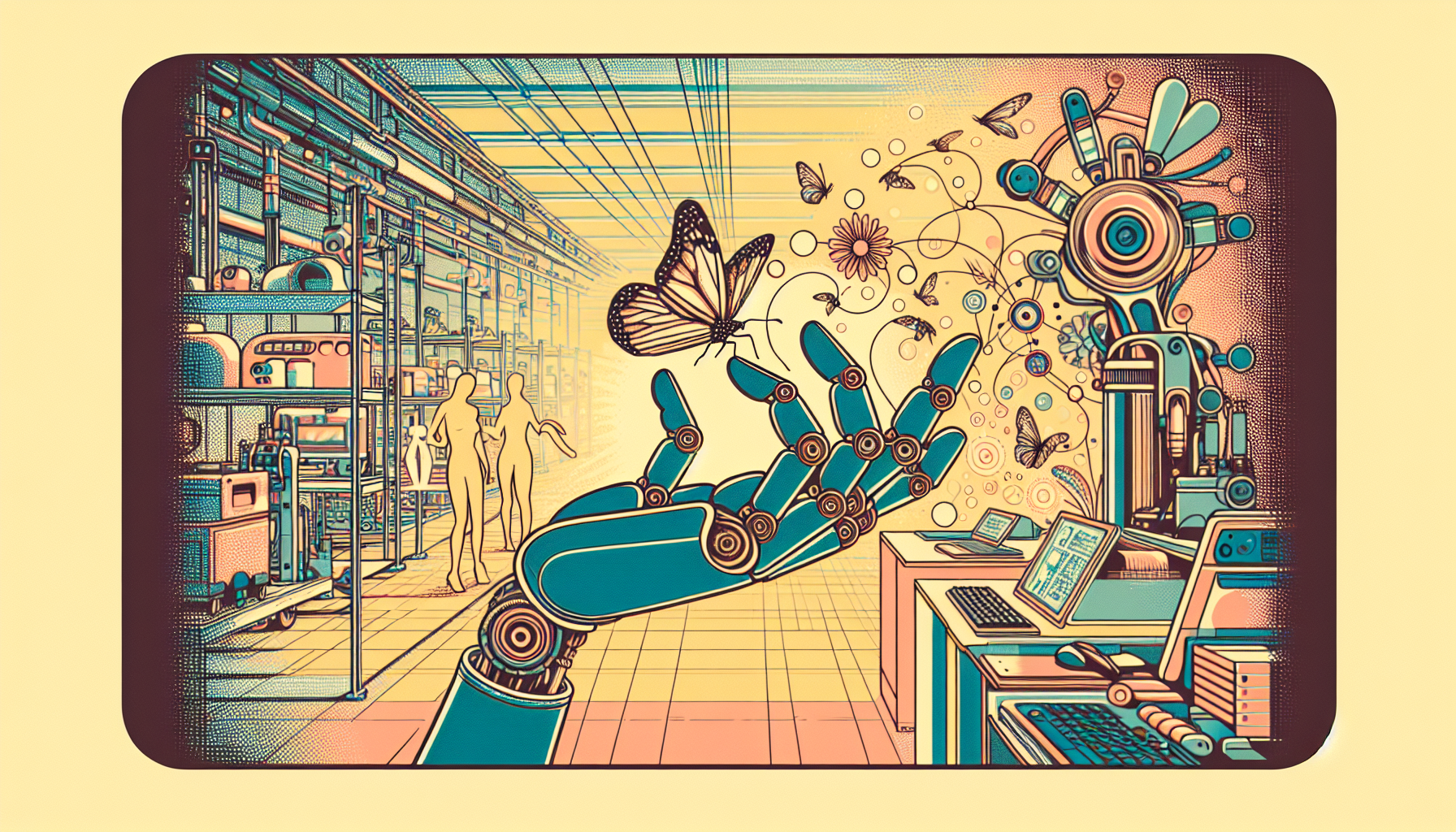Imagine a world where robots can move with the grace and gentleness of a human touch. Thanks to recent scientific breakthroughs, this vision is becoming a reality. Researchers have developed a groundbreaking type of artificial muscle that promises to transform the future of robotics. These innovations are paving the way for safer, softer, and more adaptable robots, especially in their interactions with people.
The Need for Soft Robotics
The traditional world of robotics often involves machines built with rigid parts, making their interactions with humans potentially risky. Imagine working alongside a robot that could accidentally harm you with an unyielding arm. Soft robotics aims to solve this problem by designing robots that are more forgiving and adaptable. By being more pliable and gentle, these robots minimize injury risks and enhance the overall safety of robotic systems.
The New Artificial Muscles
The latest artificial muscles draw inspiration from nature, closely mimicking the muscles found in living beings. Their design is a marvel in itself:
- Flexibility and Compliance: These muscles are created from materials that can stretch and contract much like our own muscles. This makes the robots agile and capable of performing a variety of tasks, breaking away from the stiffness tied to conventional designs.
- Energy Efficiency: In the pursuit of longer battery life and reduced charging needs, these muscles are created to be energy-efficient. The integration of advanced materials and smart design ensures they use energy judiciously.
- Human-Friendly Interactions: Above all, the goal of these artificial muscles is to allow robots to safely and seamlessly interact with humans. Their softer build minimizes injury risks, making them ideal for fields such as healthcare, education, and home assistance.
Technological Breakthroughs
The journey to these innovations involved a series of remarkable technological strides:
- Advanced Materials: The creation of materials that closely mimic the properties of biological tissues marked a significant step. These materials are resilient, enduring varied conditions while maintaining flexibility and strength.
- Control Systems: New control systems ensure precision in robotic movements, enabling them to perform tasks reliably even in challenging settings.
- Integration with AI: Artificial muscles often work in harmony with AI systems that teach robots to learn from interactions and adapt to new scenarios, boosting their ability to make real-time decisions while performing tasks autonomously.
Potential Applications
The possibilities for these artificial muscles are extensive, with potential applications offering exciting new opportunities:
- Healthcare: Robots could revolutionize medical areas such as surgery and patient rehabilitation, providing care with the precision and gentleness that sensitive procedures demand.
- Education: In schools, robots equipped with soft muscles could engage in safe interactions with students, offering an interactive way to teach STEM subjects.
- Domestic Assistance: Picture robots assisting with household chores, like cleaning and cooking, while providing care for the elderly or disabled, progressively integrating into our home life with assurance and comfort.
Conclusion
The dawn of new artificial muscles ushers in a transformative era for robotics, marking a tremendous leap forward in creating more human-friendly machines. With these advances, robots become safer, softer, and more versatile, capable of integrating into everyday life while promoting efficient and secure human-robot collaboration. As this pioneering research progresses, the doorway to more sophisticated and amiable robotic solutions continues to widen, promising a future enriched with innovative applications yet to unfold.

Leave a Reply